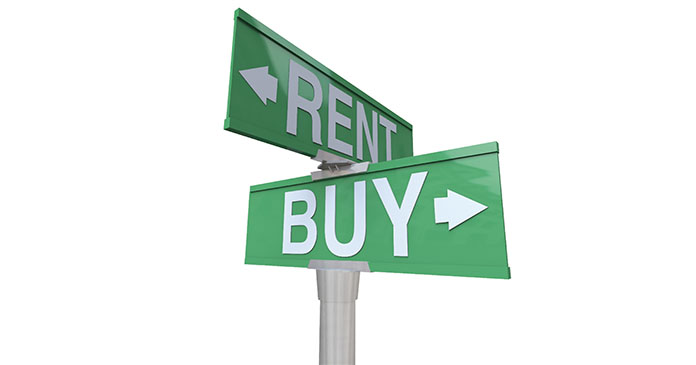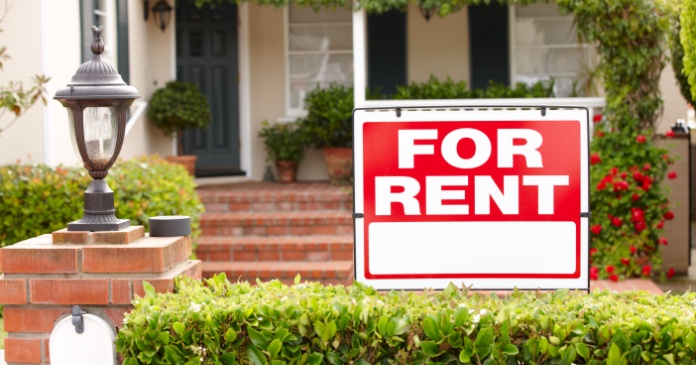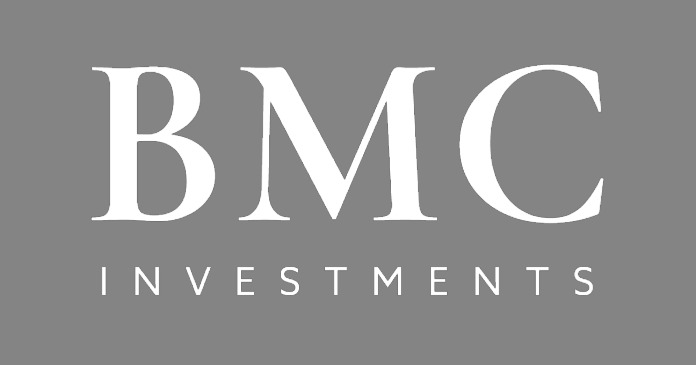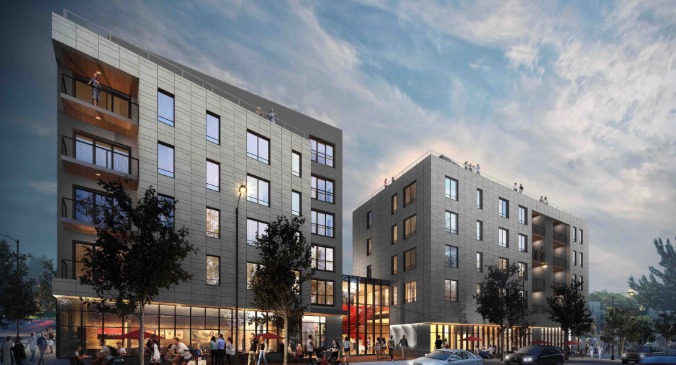Then JPMorgan CEO, Jamie Dimon, suggested that his bank could get out of the mortgage ownership business in the future. “Owning consumer assets may be something we don’t want to do,” Dimon said on the earnings conference call. “It may be we’ll originate, securitize, service, but not own” mortgages. He added that they don’t have to make a decision on the mortgage business until rules are set, which could be eight years.
Clearly, Dimon no longer sees mortgage lending as a particularly lucrative business, which is ironic, given that today’s strict underwriting standards have produced the best, safest new crop of mortgages in quite a while. What he’s referring to with the rules are risk retention rules and securitization rules that are still being negotiated. These rules could make it less lucrative for banks to originate and own mortgages because they could mandate holding on to 5 percent of the risk of certain loans. They could also make it even tougher for more Americans to obtain loans or to refinance, which would shrink the overall business.
Beyond new rules, though, perhaps Dimon doesn’t predict the investor return to the mortgage market upon which so many federal regulators and politicians are depending. As lawmakers debate how to dismantle Fannie Mae and Freddie Mac, the underlying assumption is that the two can easily be replaced by a robust investor market. That market will only return if investors believe that mortgages will once again be a good bet. That’s where the MBA study comes in.
The MBA researchers say that demographics, regardless of the recent housing boom, favored a drop in home ownership.
“Between 2000 and 2009 there was a one percentage point increase in the homeownership rate. But, were it not for the shifts in access to homeownership through easier credit and the changes in socioeconomic conditions, the homeownership rate would have actually fallen between 2000 and 2005, rather than increasing,” researchers wrote.
This is due to changes in the population’s socio-demographic composition and economic attributes. They found that the increase in the homeownership rate during the housing boom was most pronounced among those under the age of thirty; they were the most willing to take on the excess risk of the dicey mortgage products. They did not, however, have the economic standing to back it. So what now?
“If household employment, earnings and other socioeconomic characteristics over the next few years remain similar to those in 2009, then homeownership rates could fall by up to another 1 to 2 percentage points beyond 2011. Those declines are likely to be greatest in cities and regions in which house prices were most volatile in the last decade.”
What researchers leave out of their report, though, is the major shift in attitudes toward homeownership. I’ve interviewed dozens of younger and older Americans who no longer see any social stigma attached to renting. The rental market is surging across the nation, not just in hard hit housing markets where potential buyers have taken big credit hits; this is a major shift from the last “ownership” decade.
The nation’s housing market will recover, I’m not implying that it won’t. But for some reason some, including policy makers and federal regulators, think it will just go back to the way it was before the housing boom. I don’t think so, and the number one reason is the overhaul of the mortgage market, not that we know what exactly that is yet.
In each issue, MHP provides a forum for provocative points of view related to multihousing. The views expressed here do not necessarily reflect those of the magazine.
Author: Diana Olick is a journalist, currently serving as CNBC’s real estate correspondent as well as the author of the Realty Check blog on CNBC.com. She also contributes real estate expertise to The Today Show and NBC Nightly News with Brian Williams
















